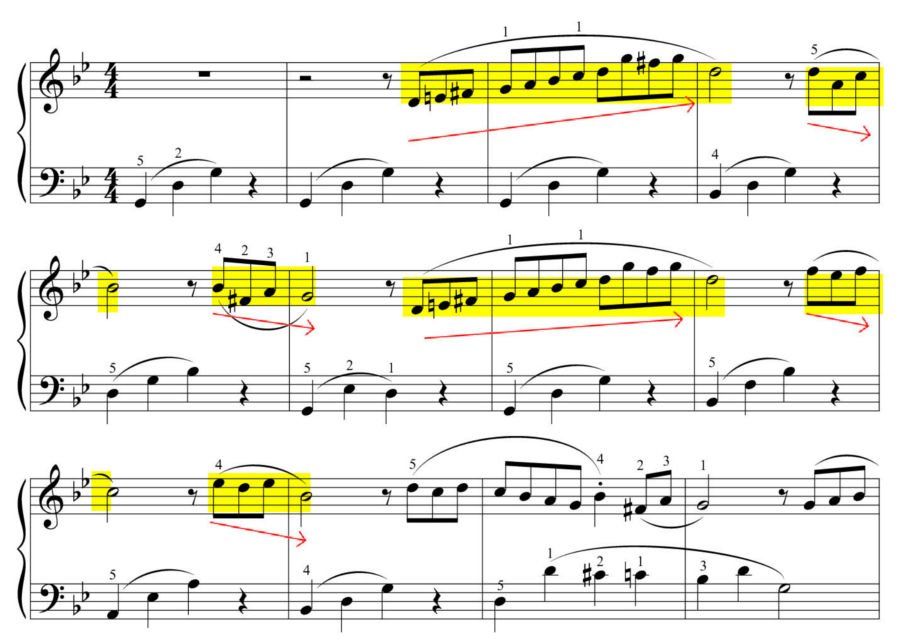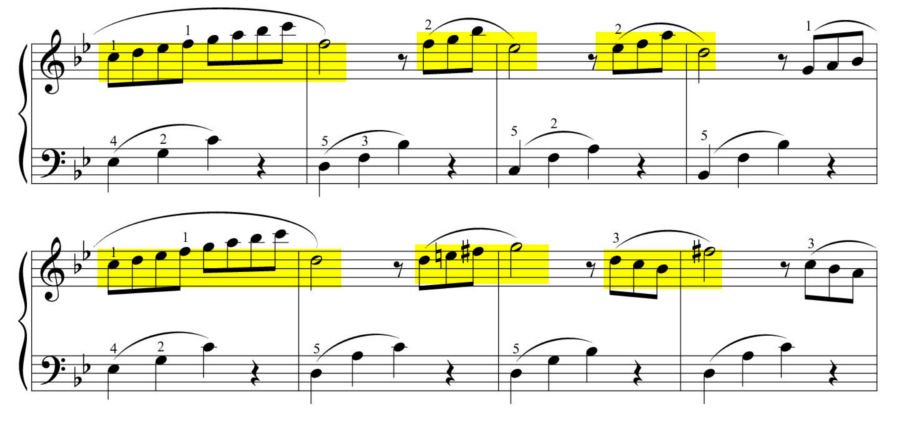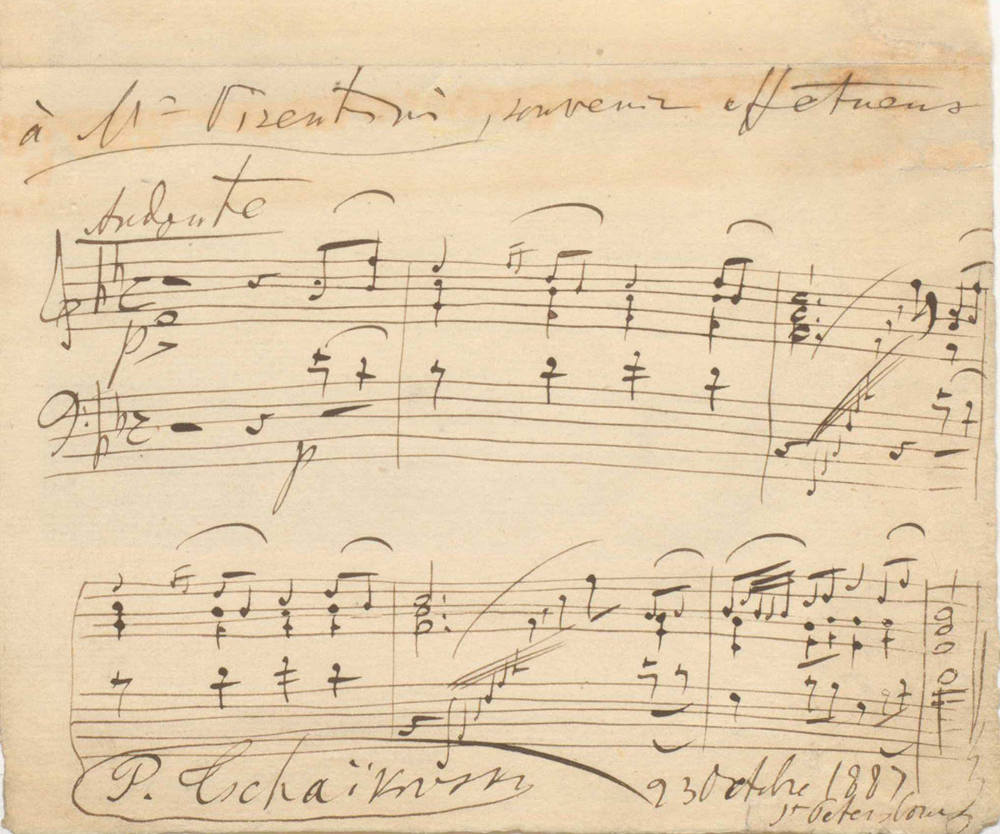June is part of Op. 37a written by Pyotr Ilyich Tchaikovsky in 1875. The volume was commissioned by a music magazine that asked the composer for twelve pieces of music, dedicated to the twelve months of the year. The pieces were then published with the magazine, one per month.
The origin of these pieces is in itself very fascinating, it makes us think of a public of music-loving readers who waited every month for a new composition, so that they could play it on the piano.
This work demonstrates Tchaikovsky’s ability to use music for descriptive purposes, in this case turning the months and seasons into music. The Russian composer was a master of the ballet, where music is combined with precise stories and images, in a similar way to film music today.
The Children’s Album op. 39 is another example of Tchaikovsky’s ability to create little scenes with musical notes, almost painting them on a canvas. In this volume we find for example three compositions dedicated to a doll: the doll is sick in the first piece, dead in the second… and finally replaced by a new doll in the third piece!
June, melodic and harmonic analysis
Before we sit down at the piano to play this simplified version of June, let’s briefly look at the score.
June opens in the key of G minor. The melody begins with an ascending scale, which is followed by two shorter, descending phrases.

In the fourth line the piece modulates to the relative major key, B flat. The melody repeats the same pattern: an ascending scale answered by shorter phrases.

June then returns to the key of G minor and resumes the initial motif. The piece thus has a form [A] [B] [A], with the two parts [A] in G minor and part [B] in B flat major.
Our tutorial stops here, in fact the piece continues with a central part in the key of G major. Therefore, from G minor the piece modulates this time towards the parallel major scale. This is a faster and more brilliant part. The piece ends, however, on the initial theme in G minor.
June is a surprisingly melancholic piece, the part in the minor mode, to which our tutorial is devoted, has little of the summer or spring feel. Perhaps because summer in Russia is shorter and arrives later? Or perhaps because Tchaikovsky is a melancholic composer, and at the beginning of summer he already thinks that the good weather will only last a few months, and the chill of winter will soon return.
Tutorial for playing Tchaikovsky’s June on the piano
Let’s go now to the piano tutorial itself. I have tried to keep the beautiful main melody unchanged, removing the second voices and simplifying the left hand part.
Download the sheet music of June – Tchaikovsky (simplified version)
In the video you will find:
- The execution of the right hand only (beginning of the video)
- Performance of the left hand only (2’37”)
- Playing both hands together (5’26”)
Everything was recorded at 48 BPM, I encourage you to study the piece even slower if necessary.
You can use the video in two ways:
- Play the right part first and then the left part, together with me
- While I play the right-hand part, you play the left-hand part, and then do the reverse.
I hope you enjoy this simplified version of June from Tchaikovsky’s Op. 37a and that it will introduce you to this wonderful work. You can start with this tutorial and the simplified version, maybe in some time you will be able to study the original version.
Good luck with your studies, let me know what you think of this lesson in the comments. Thank you!


